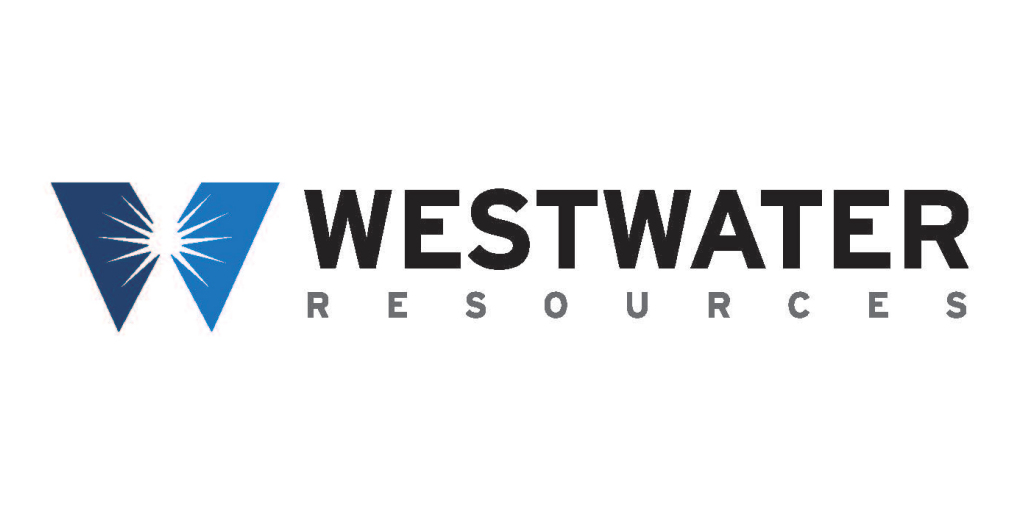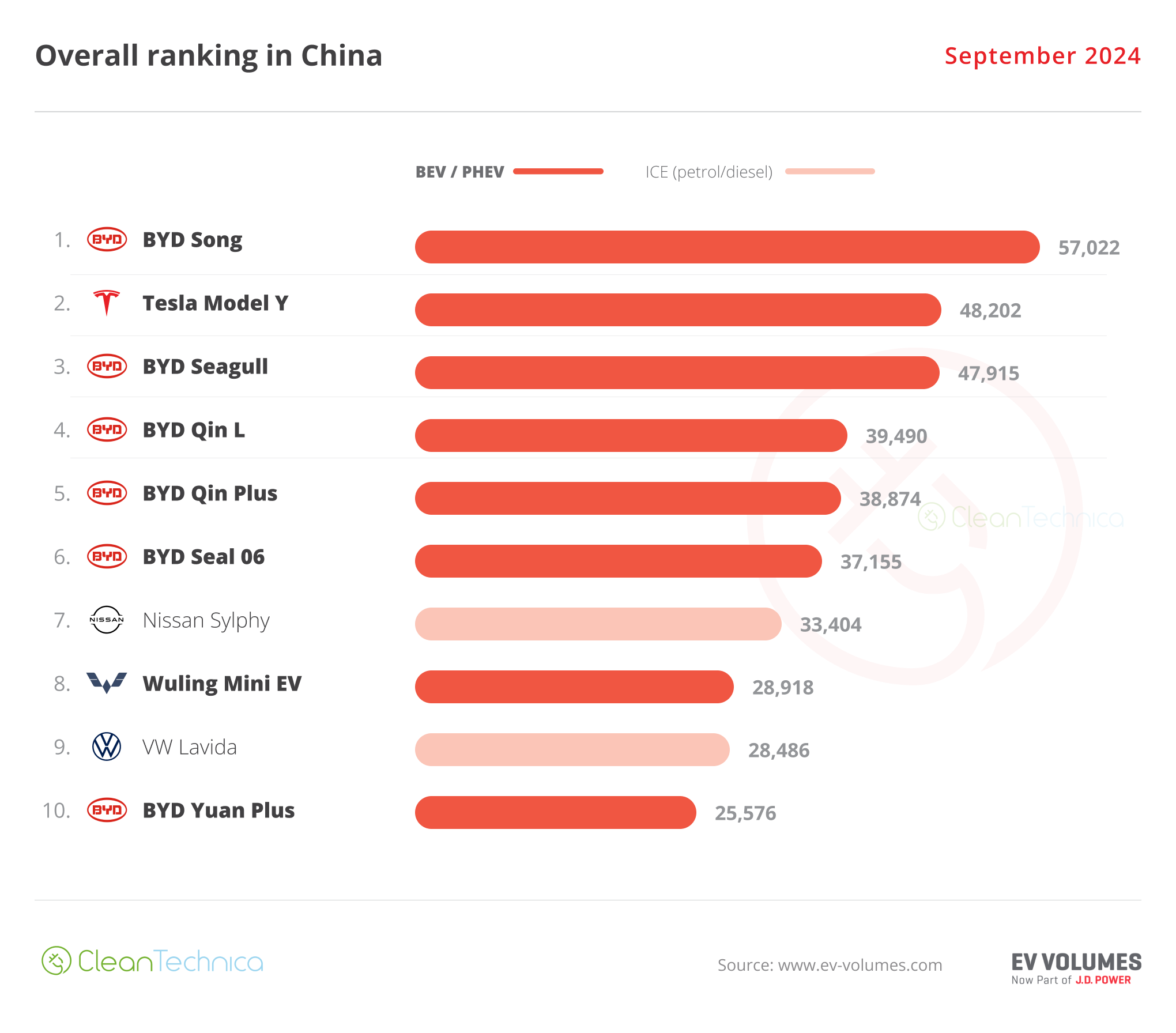Rio Tinto has entered into definitive agreements to fast-track GravitHy’s steel decarbonisation project in Fos-sur-Mer, France.
GravitHy’s proposed two million tonnes per annum iron production facility is expected to be commissioned in 2028.
The facility is situated next to a deep seaport and will feature ultra-low carbon hydrogen production infrastructure, powered by existing grid-connected nuclear power, to process direct reduction pellets into hot briquetted iron (HBI). This process has the potential to reduce carbon dioxide emissions by more than 90 per cent.
Under the definitive agreements, Rio Tinto will supply high-grade direct reduction iron ore pellets from its Iron Ore Company of Canada operations to GravitHy’s planned operation. It will also manage the sales and marketing of the ultra-low carbon HBI GravitHy produces.
“We are developing one of the most advanced ultra-low-carbon iron projects worldwide, designated by the French Government as an ‘industrial project of major national interest’,” GravitHy chief executive officer José Noldin said.
“By combining our business ambitions, agility, and technological capabilities with Rio Tinto’s global leadership in mining and steel decarbonisation, we are ensuring a solid sourcing and go-to-market strategy to help accelerate the development of this project.”
Rio Tinto head of steel decarbonisation Simon Farry said its collaboration with GravitHy is aligned with its goal to accelerate the development of low-carbon electric arc furnace steelmaking with high-grade iron as feedstock.
“This will allow us to both reduce our Scope 3 emissions and create valuable decarbonised pathways for our high-grade iron ore,” Farry said.
“We are excited to support GravitHy’s project and expand our understanding of the emerging green iron and steel market.”
Rio has also committed $16 million to the Makira Natural Park REDD+ project in northern Madagascar to protect wildlife native to the land.
The Makira Natural Park REDD+ project comprises 372,000 hectares of dense primary forest. Known as one of the largest remaining rainforests in Madagascar, Makira is home to 17 species of lemur and more than 50 per cent of the country’s botanical diversity.
The project aims to help Makira communities practice more sustainable agriculture and avoid deforesting new areas.
Rio’s funding, which was made through its new partnership with the Wildlife Conservation Society (WCS) and Everland, will allow the project to complete the following activities:
- reassess the deforestation baseline according to the latest verified carbon standard and climate, community and biodiversity standards before credit issuance
- support monitoring and reporting on the impact of ongoing interventions to reduce deforestation
- protect threatened biodiversity
- bring durable improvements to local communities, including increasing their involvement and agency in forest and wildlife protection activities.
“This commitment by Rio Tinto to the Makira Natural Park REDD+ project underlines the critical importance of project-level REDD+ efforts within our national program as an effective tool to halt deforestation, protect critical ecosystems and biodiversity, and fund urgently needed development priorities for local communities,” Madagascan Environment and Sustainable Development Minister Max Andonirina Fontaine said.
“This commitment by Rio Tinto, in partnership with WCS, is an important milestone in achieving Madagascar’s national and international goals on climate change and sustainable development.”
Rio’s investment also includes a committed offtake of carbon credits from the Makira Natural Park REDD+ project.
Rio Tinto chief advisor nature solutions Theresia Ott said the company’s funds towards the project is a critical component of its nature solutions program.
“The Makira Natural Park project has played a key role in demonstrating the success of REDD+ in conserving high biodiversity landscapes whilst bringing positive outcomes for people,” Ott said.
“We believe these programs are much-needed tools to urgently finance large-scale, long-term activities and therefore to secure sustained protection, while improving climate resilience and restoring the ecosystem services on which we all rely.”
Subscribe to Australian Mining and receive the latest news on product announcements, industry developments, commodities and more.




